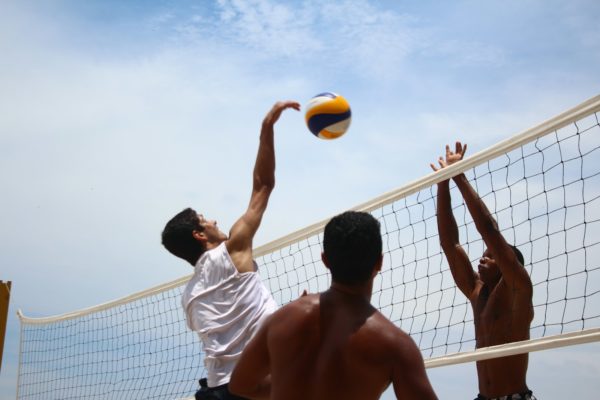Access practical teaching resources for immediate and practical application.
The ActionTypes® approach is a practical and accessible approach for teachers and educational staff. Understanding motor and cognitive preferences is essential, being able to apply them directly in class is equally crucial. That’s why we offer a range of practical learning resources designed to help teachers easily integrate this approach into their daily lives.
These tools provide concrete solutions to adapt teaching, strengthen student engagement and improve classroom dynamics.
1. Why practical learning resources?
Teachers face daily challenges, including:
- The management of classes, by definition heterogeneous.
- The adaptation of teaching content to individual needs.
- Finding simple and effective ways to boost learning.
ActionTypes® educational resources address these issues directly by providing:
- Ready-to-use materials: Simplifying immediate implementation.
- Adaptive tools: Adjusting to the students’ natural dynamics.
- Real-world examples: Inspired by real-life situations for easy application.
” These resources have allowed me to transform my classes without having to reinvent the way I teach, and they are clear, practical and effective. ” Primary school teacher.
2. Types of resources proposed
Practical guides for teachers
- Cards detailing motor and cognitive preferences.
- Proposals to be validated in order to adapt the contents and exercises.
- Tips for observing and understanding the natural dynamics of students.
Activities adapted to different profiles
- Differentiated exercises to stimulate the engagement of all students.
- Interactive games and activities that foster collaboration and fluidity.
- Visual, kinesthetic and auditory supports to meet various needs.
Observation elements to support the balance sheet
- Observation sheets to identify students’ natural preferences.
- Analysis grids to adapt educational strategies.
- Assessment models to accommodate the impact of adaptations.
Supports for class management
- Strategies for organizing working groups according to natural dynamics.
- Proposals for improving communication and cohesion in the classroom.
- Variations to reduce tensions while strengthening collective harmony.

Crédit : Pexels / Tima-Miroshnichenko
3. Real-life examples of classroom use
Practical case: A class in the fourth grade
In a primary school, a teacher used ActionTypes® resources to adapt a geography class:
- Students who are more analytical worked on maps with details.
- Creative profiles were involved in a mock-up project.
- The direct contact profiles explored concepts through an outdoor activity.
- The result is active participation by all students and a better understanding of the concepts discussed.
Case study: A math class in college
A teacher has integrated ways to understand the motor and cognitive preferences of his students. He then:
- Provided fun exercises for intuitive profiles.
- Co-op workshops for students with strong social sensitivity.
- Result: a 25% increase in student involvement, as well as better overall performance.
4. Testimonials from teachers who used the resources
A high school teacher:
“These tools have revolutionized the way I prepare my classes, and I can finally meet the individual needs of my students without spending hours.”
One special school teacher:
” The analysis grids and activities offered helped me to better understand my students and provide them with a tailor-made learning environment.”
An educational counsellor:
” These resources are a gold mine for teachers, making the ActionTypes® approach relevant, accessible and easily applicable. “
5. Impact observed through educational resources
Teachers who use resources from the ActionTypes® approach report, among others:
- +30% student engagement.
- +20% improvement in school performance.
- Regulation of classroom tensions through better adapted activities.
- Better use of emerging tensions, allowing the class to evolve.
- …

Crédit : Pexels / Katerina Holmes
6. Digital or physical access resources
To facilitate their use, the educational resources are available in different formats:
- Digital downloads: Guides, fact sheets and printable media.
- Physical learning kits: Containing interactive tools and materials for classroom activities.
- Webinars and tutorials: To help teachers learn the tools.
7. Lasting impact on teaching and learning
The use of ActionTypes® resources allows:
- Building teacher confidence: They have practical and effective means.
- Value students: Who feel understood and supported according to their natural strengths.
- Create a harmonious learning environment: Fostering cooperation and collective success.
Conclusion: Access practical tools to transform your courses
ActionTypes® teaching resources enable teachers to implement differentiated learning quickly and effectively. These tools are simple to use and suitable for all educational settings, offering concrete solutions to enhance student engagement and improve student outcomes.



